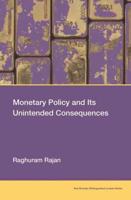Publisher's Synopsis
Even as countries in Sub-Saharan Africa work towards achieving better learning outcomes for children through systemic reform, the affordability and availability of textbooks remains a persistent challenge. Yet despite extensive technical support and funding from external development partners, including the World Bank, making textbooks affordable and available to teachers and students remains an elusive objective for most countries in the region. Most African countries experience low learning outcomes and high drop-out rates. Only two-thirds of those who enter school reach the final grade, and only about half of these master basic numeracy and literacy skills. There is wide agreement that availability of textbooks is both an indispensable and a cost-effective way of improving the quality of the learning process. Getting Textbooks to Every Child in Sub-Saharan Africa: Strategies for Addressing the High Cost and Low Availability Problem offers policy options that can help reduce textbook costs and increase their supply. The book explores, in depth, the cost and financial barriers that restrict textbook availability in schools across much of the region, as well as policies successfully adapted in other countries. The book also provides a thorough assessment of the pros and cons of digital teaching and learning materials and cautions against the assumption that they can immediately replace printed textbooks. Aimed at generating discussion among policy makers, development partners, and other stakeholders in Africa, Getting Textbooks to Every Child in Sub-Saharan Africa: Strategies for Addressing the High Cost and Low Availability Problem offers information and analysis that is both practical and relevant.







